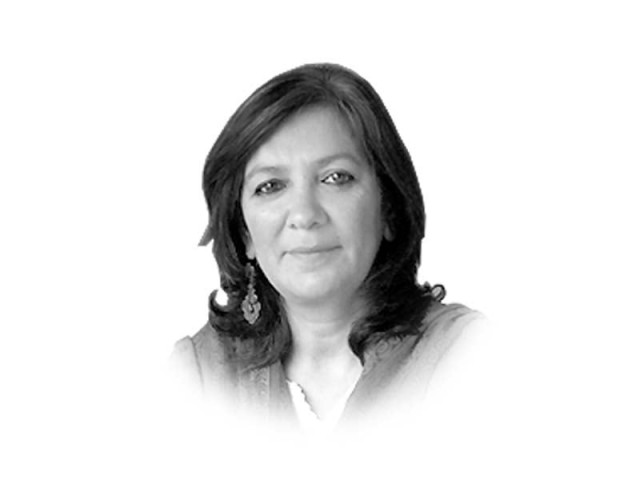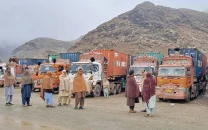Throwing open the borders
Opening up borders would deflate the power right wing parties often derive from nervous fears of persecuted peoples.

Throwing open the borders
What should India do in a situation like this? First of all, the timing of the travel of the Pakistani Hindus to India couldn’t have been worse, coming as it did around the anniversary of independence — and partition — reminding both countries of those gruesome days of 1947. Nor could the hyperbole of the Indian TV channels as they simply refuse to treat a subject as sensitive as this with the restraint that it deserves.
Second, both Pakistan and India seem nervous about the cross-border travel of this group of Hindu pilgrims, not only because some have announced their intention to stay on in India but also because India’s Foreign Minister SM Krishna is expected for talks in Islamabad on September 7.
Thirdly, to add to the Congress government’s woes in New Delhi, the opposition Bharatiya Janata Party went hammer and tongs at the Congress party’s lackadaisical approach to the affair. Again, the shadow of horror passed briefly over parliament.
The truth is that even 65 years after independence, which each of our countries celebrate in our respective riot of colours, our independent sense of identity is not complete. If it were, Pakistani Hindus would not want to use the excuse of Janmashtami, the festival celebrated around the birth of Lord Krishna, to travel to India and not look back; and Indian Muslims, at least a section of them, would not feel threatened and insecure each time an unruly mob breaks windowpanes and burns buses in a completely different part of the country.
Of course, this is not to say that Indian Hindus and Pakistani Muslims are not furious about the state of play in each of their countries. If they are, consider what minority communities on both sides must be going through.
There is only one solution to this incomplete sense of identity: make the borders between India and Pakistan much more porous.
Of course, the Indian state’s pat answer to this is that terrorists from Pakistan will also find it much easier to destroy the peace at home. Such an answer has kept both countries hostage to each other’s security apparatuses. Only in South Asia, where security agencies take their people for granted, will you hear such reasoning.
In the US, in the wake of the 9/11 incident, public pressure forced the administration to get its act together to scale up intelligence and other operations, instead of clamping down on people’s right to liberty and life.
Consider, however, if the two countries actually opened up their borders — thereby forcing their security agencies to do some real work by keeping their eyes open for genuine terrorists and mischief-makers — to allow ordinary people to travel back and forth between India and Pakistan. That one gesture would take the sting out of the trauma that dominates the lives of minorities, forcing them to abandon their homes and look elsewhere. If cross-border travel were to be made easier, Hindus and Muslims could visit families in each other’s countries without being forced to make bombastic announcements on political asylum that are really three parts nervousness.
Opening up the border and freeing people, allowing both countries to become normal neighbours, would also deflate the considerable power right wing political parties often derive from the nervous fears of persecuted peoples.
Can India and Pakistan, each of them 65 years old, bite the bullet of challenge and really look at what their people want? Or, will SM Krishna’s Pakistan visit be one more in a line of missed opportunities and tired rhetoric?
Published in The Express Tribune, August 23rd, 2012.














COMMENTS
Comments are moderated and generally will be posted if they are on-topic and not abusive.
For more information, please see our Comments FAQ